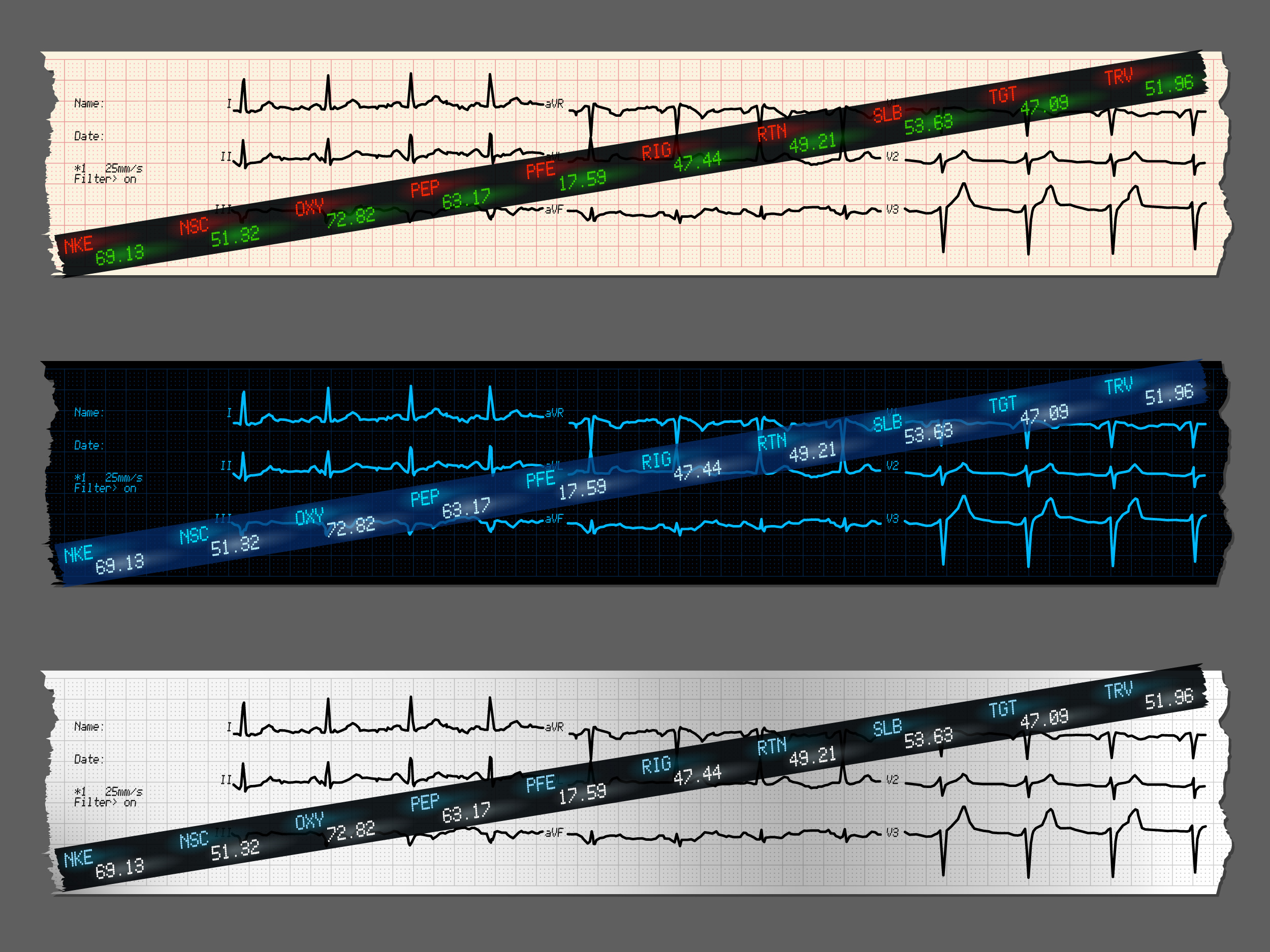Fannie Mae and Freddie Mac could need a bailout of up to $99.6 billion in a hypothetical worst-case scenario, according to a recently-released annual stress test on the government-sponsored enterprises.

In response to the report, the National Association of Federally-Insured Credit Unions (NAFCU) reiterated its priorities for housing finance reform. The group released its core principles of housing finance reform in June, which call for credit union access to the secondary mortgage market and pricing based on loan quality rather than volume.
In the hypothetical “severely adverse scenario” outlined in the Federal Housing Finance Agency (FHFA) stress test, gross domestic product (GDP) dropped 6.50 percent from the pre-recession peak, the unemployment rate rose to 10 percent, and consumer price inflation rose to 1.75 percent by the end of 2018.
“Due to these macroeconomic developments, asset prices decline sharply as corporate financial conditions are severely stressed, reflecting mounting credit losses,” the report stated. “Spreads on domestic investment-grade corporate bonds versus long-term Treasury securities increase to 5.5 percent by the end of 2017. In addition, equity prices fall by approximately 50 percent from the start of the planning horizon through the end of 2017, and equity market volatility increases substantially, approaching levels last seen in 2008. Home prices decline by approximately 25 percent, and commercial real estate prices fall by 35 percent through the first quarter of 2019.”
Given that Fannie Mae and Freddie Mac had drawn $187.5 billion from the Treasury under terms of senior preferred stock purchase agreements (PSPAs) by the end of December, and that the enterprises combined for another $258.1 billion in remaining PSPAs funding commitments, the report concludes that the enterprises would need $34.8 billion to $99.6 billion in additional incremental Treasury draws under the severely adverse hypothetical scenario.
“FHFA communicated specific instructions to address particular issues relevant to the enterprises’ unique lines of business,” the report stated. “FHFA required the enterprises to use aligned regional house price paths to improve the comparability of stress test results. Additionally, FHFA broadened the definition of counterparties to be considered in the largest counterparty default component of the global market shock to include mortgage insurers and providers of multifamily credit enhancements.”